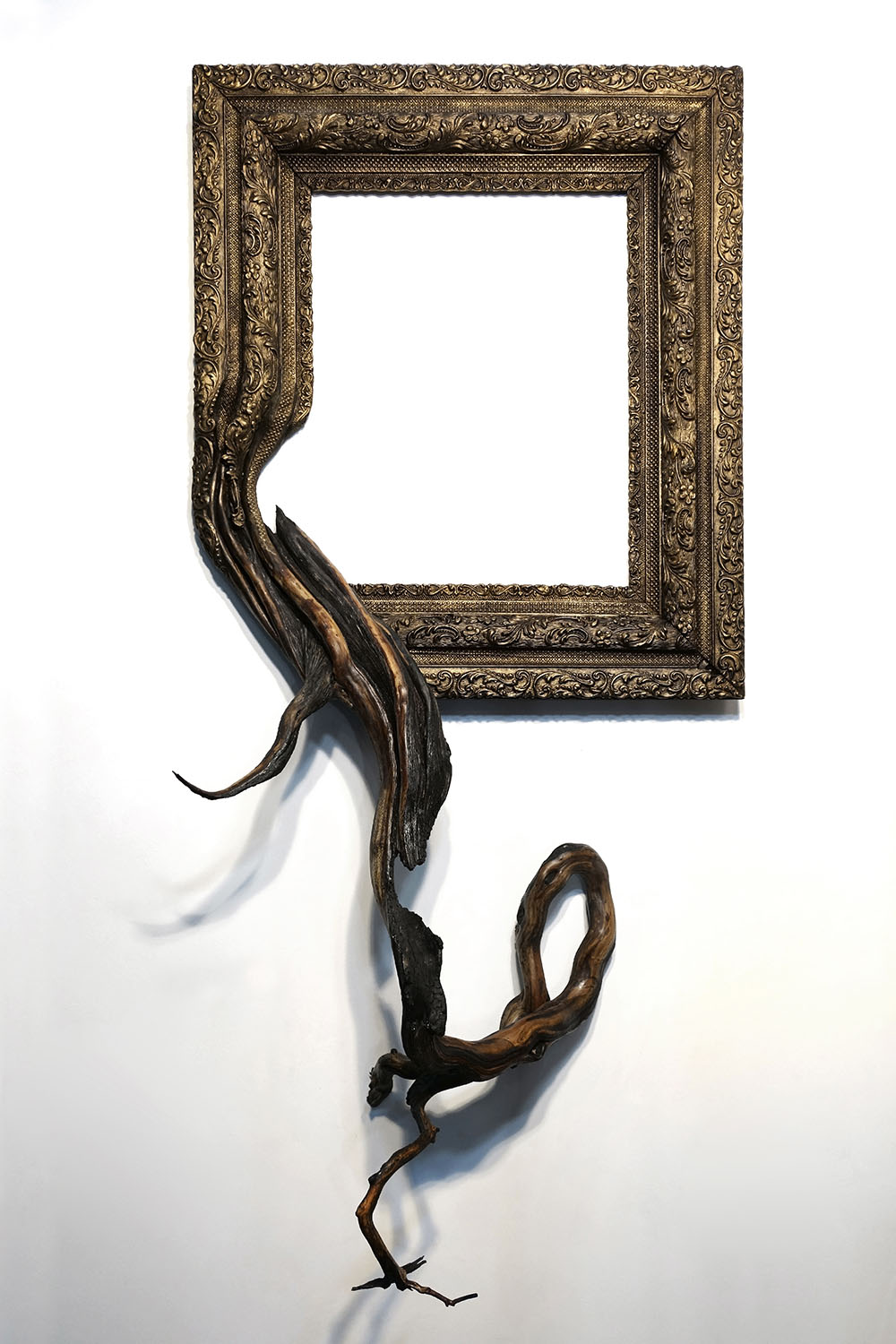Posting about incense yesterday reminded me of two old Vantine Incense tins I have. They both had a bit of incense still in them, and it still smelled fine. There’s still a bit of the Wisteria left, but it’s all crumbled.
© C. Ford.
The back of the temple incense reads:
To scent the house with the fragrance of Vantine’s Temple Incense, place a burner in the reception hall. The fumes will quickly pervade the upper rooms with a delightfully soothing Oriental fragrance. Temple Incense may also be used to scent the contents of the wardrobe. To do this, place the burner in the center of the floor of the wardrobe. Do not allow the clothes in the wardrobe to come in contact with the burner.
Vantine’s Temple Incense adds greatly to the fascination and coziness of the open fire place when a handful is scattered over the glowing embers. The fragrance of the incense blends delightfully with the pungency of burning wood.
In using Temple Incense on the veranda, on the lawn, or outdoors otherwise, use several burners in order to secure the desired degree of fragrance.
Cones come in six fragrances: Pine, Wisteria, Sandalwood, Rose, Violet, and Jasmin and the three superior odors, Orange Blossom, Lilac, and Narcissus.
Very much a different time. A. A. Vantine & Co. is mostly forgotten today, except by collectors, but it was a highly successful business, and when it came to incense tins and burners, they had the best. I’d love to have a huge collection of the incense tins, but they are not easy to come by. I was lucky in finding these, the store owner didn’t seem to know or care about their value.
























